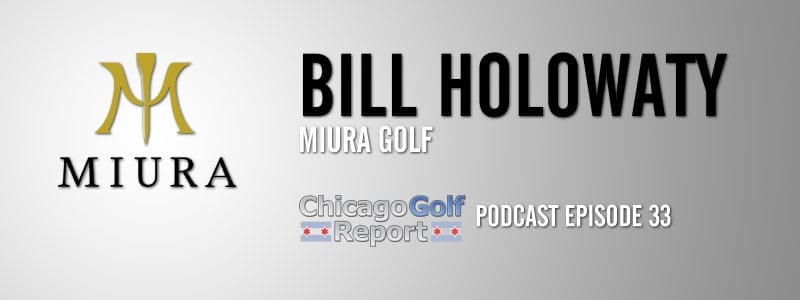
 Our guest this episode is Bill Holowaty, who is an Executive Vice-President with golf club manufacturer Miura Golf. You can learn more about Miura Golf by visiting miuragolf.com
Our guest this episode is Bill Holowaty, who is an Executive Vice-President with golf club manufacturer Miura Golf. You can learn more about Miura Golf by visiting miuragolf.com
Interviewer: Walter Lis. Running Time: 26:41
BH: One of the great things about what I do is and is being able to talk about Miura every day. Miura golf clubs, there is a Mr. Miura. And we’re so lucky in that he puts his name on everything he does and you can imagine, having your name on a piece of equipment makes ultimately my job a lot easier because he cares so much about anything that is representing his family.
Mr. Miura got involved in the golf business in 1957, that’s when he started in the industry. 1957 coincidentally is one of the specialty lines within our product lines. We call it Series 1957, and those products, which we can talk about later represents just a little bit more hands-on, personal customization than other clubs within the line or other models within our line.
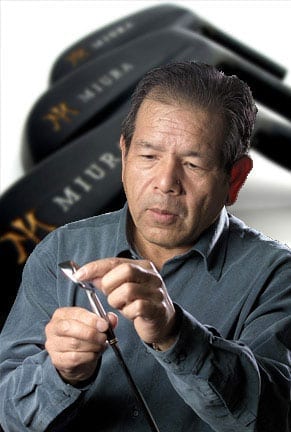
Katsuhiro Miura
So Mr. Miura was involved in Himeji Japan. Himeji is the steel region of Japan and was an area famous many, many years ago for the manufacturing of Samurai swords, so the two sort of went hand-in-hand. In fact, the first Japanese forged clubs were actually manufactured by a Master Samurai craftsman, so there’s a little bit of with that information giving what a Samurai sword represents and the mythical strength that they have.
But moving forward, Mr. Miura while working in the industry sort of came about that he believed that the process of forging was to a large extent a little bit flawed and he certainly wasn’t passing judgement on the way things were done. He just believed that he could do it better. And as such he started his own company.
He left the company he was working with and designed a manufacturing process which allowed him to spend more time on the design or the grain structure within the club head design. As such he was able to, if you pardon the pun, forge a reputation in the industry for producing just this really unique forged golf club.
My involvement and spreading the word of the Miura name to the rest of the world came about the late 90s. I had played professional hockey in Japan in the 80s and continued to travel to Japan for about 15 years after that doing ice hockey schools in the summer.
And at the end of every summer my associate, a fellow Miura shareholder, was Herb Wakabayashi. One of the friends of Mr. Miura had a son who was interested in hockey and played hockey, and a long story short is we ended up at the Miura factory at the end of every summer and we were introduced to the clubs at that time.
This was something that for me was really special because I was a golf gear-head, not a great player by any means but a single digit handicap and to be able to go through a factory where golf clubs were being made I though was just fantastic. And one of the unique parts about going through the factory at that time was being introduced to the Miura family, but also saw and recognized the number of OEM companies, top companies that were having clubs made at that Miura factory. And that obviously peaked my interest and told me that these clubs were done on behalf of all the top manufacturers and were being made for top amateur and their professionals. I found that absolutely intriguing beyond belief.
So I would go home after the summers and we eventually had a set of Miura golf clubs that I brought home and would have a friend hit them or buddies hit them and the response was always, wow, what are these? These are something. And it didn’t take long for a number of us connected to Japan plead with Mr. Miura, saying we need to take your name on the clubs to the world as opposed to just having you manufacturing clubs on behalf of the big OEMs.
And it took some convincing and some time and some research. And fortunately we came across a real visionary by the name of Tom Kusumoto. Tom was based out of Vancouver as well obviously a Canadian, but with Japanese heritage and he also was intrigued by the story. And through his investment and others, we were able to bring Miura Golf on a pilot project to North America in and around the late 1990’s, and then got going full-time in 2003 when circumstance made it easy for me to transition from a family business into the golf business.
CGR: So you now have a pretty extensive catalog of different clubs, can you talk a little bit about the different Miura clubs, the different models that are available.
BH: The fortunate thing that we’ve always believed that has benefited Miura and certainly allowed the Miura family to design and manufacture clubs at a pace which wasn’t necessarily dictated by the regular business cycles that exist in the golf industry.
We have models within a number of segments, so the top professional, low amateur player, the low handicap or the mid handicap or the high handicap those are really –I think categories that we as golfers around the world are comfortable with, that don’t necessarily fall through to the way Mr. Miura and the family designs golf clubs. But for the purpose of putting models within a certain category it works sort of well enough, small blade and our 157CB cavity backed. A little bit more compact head, less off-set and obviously seems to suit the better player.
Our CB501 and the passing point straight neck would tend to be appealing not only to a low handicap or professionals but somewhere probably from a scratch player up to a mid-team handicapper. And then we have the passing point with off-set which would tend to appeal to again, anywhere from a professional player right up to a mid or high handicap.
So category wise and certainly models that would appeal to any and all golfers, we are very committed to the custom fitting process of purchasing golf clubs because we believe that having the proper shaft and line angle, length and grip all contribute to the experience. And oftentimes new golfers for example find themselves with a set of clubs that might have been in their family, their father’s or their mothers and they don’t necessarily fit the way that they play. As a consequence, you have difficulty with what we all know is a difficult game. But you have difficulty making good shot, it may give you the bug to golf more.
 Eventually when you decide and you’re committed to the game and get custom fit, I think that really allows all golfers to find a Miura club that will suit their game and allow them the greatest chance to discover perfection.
Eventually when you decide and you’re committed to the game and get custom fit, I think that really allows all golfers to find a Miura club that will suit their game and allow them the greatest chance to discover perfection.
CGR: And when you mentioned all golfers, now you have a sort of an initiative focused on left handed clubs and fitting for left-handed golfers. Can you talk about what was the idea behind that and what were you trying to accomplish by this left handed initiative?
BH: We’re based our corporate offices in Vancouver Canada, and as you can appreciate lots of left-handed golfers relative to the rest of the world in Canada as a by-product of our hockey gene if you will.
Approximately 33% of new golfers in Canada are left-handed. That number in Japan might be less than 2%. Recent studies show saw probably around 5 or 6% or maybe a little bit higher in the US and Europe. And as such the market is limited, but because we’re based out of Canada we always felt that we could really really deliver that special club and a little bit of attention and detail to the market or equipment segment that was often an afterthought. And I don’t mean that with any disrespect to any or all companies that were producing left-handed products. But when the demand just isn’t there relatively speaking it’s very hard to commit to that.
So we knew that the product cycles and the life cycle for our products would be and is a long term commitment, and as such we’ve always had a left-handed blade iron and a left-handed cavity back iron within our line including wedges.
But as we continue to evolve we’ve introduced probably three new right-handed models which a large part of their success is tied to some design changes that happened on the sole of the club, a softening of the leading edge, consideration to the bounce on the club, all designs were all having better turf interaction in mind. So we were able to deliver the CB501 initially and the MB001 and our 1957CB with essentially what is a Y-grind. The Y standing for Yoshitaka, Mr. Miura’s number one son and the occupant of the number two chair on the grinding line and able to design a club that certainly has all the characteristics in terms of the feel and performance that golfers are used to with Miura. But now had a design on the sole what was promoting better ball on face contact, more solid shots. And consequently allowing for better performance.
So although that was inherent in our right handed clubs it was lacking in the left-handed and it was hard to design new left-handed models when the demand just isn’t there. So after some consultation with Yoshitaka and subsequent testing and trials he was able to determine that he’d be able to deliver the Y-grind sole in our existing models – the left-handed cavity back and the left-handed blade. And that would potentially deliver (a) something new to left-handed golfers even though the actual club head would look very similar. But (b) a club head that someone may have found that they didn’t particularly hit our existing left-handed blade or cavity back well, that the new Y-grind was going to bring them back to our clubs and allow them to potentially test and discover us again.
So that’s certainly been the case and from that standpoint we’re very excited about what 2016 will mean in terms of gaining exposure for our entire left-handed, for all our left-handed models. But the introduction of the Y-grind sole is primarily behind it.
Now having said that we also have finally been able to deliver to the Miura fans that have been playing with left-handed clubs for so long, a left-handed putter. And that was obviously again work in progress because we have, relatively speaking, so many left-handed fans of Miura and typically what happens is once you experience Miura you want to fill your bag with that. So it was difficult to be able to say, well we only have irons and wedges for you until now and we’ve been able to design a new left-handed version of our KMO6 putter. It has some subtle changes to the right –handed and been very well received. And I think that’s been made evidence specifically from the right-handers point of view, because the guys who like the right-handed Miura putter said can we get one that looks exactly like a left-handed one.
So that’s high praise from right-handers to actually be chasing something that the lefties have now, and like all our putters is manufactured from a single billet of soft carbon steel, the exact same way that our irons are made. So the grain structure within the putter head are the tightest in the industry that promotes a real solid feel and exceptional feel. And early feedback from the lefties is Mr. Miura has hit a homerun with this one.
Podcast: Play in new window | Download
Subscribe: RSS



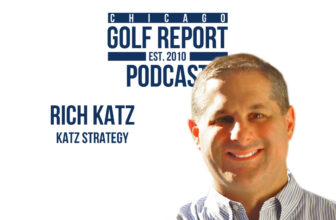
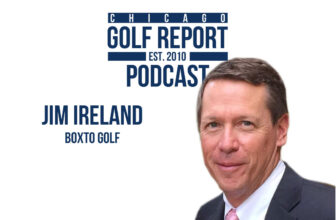
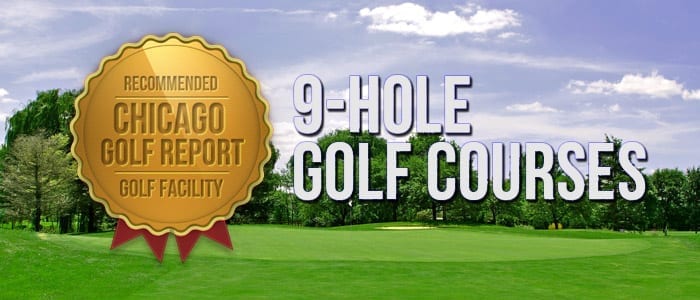
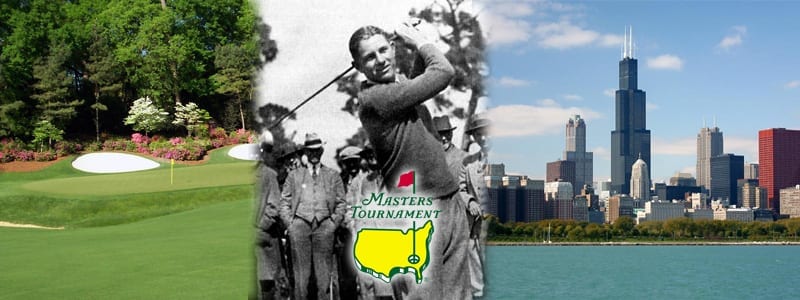

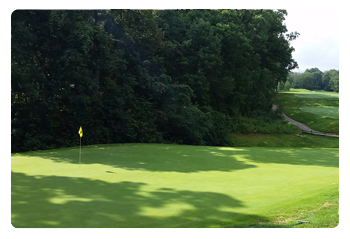 Find a Golf Course
Find a Golf Course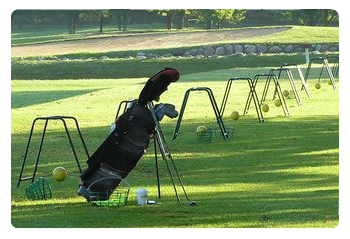 Find a Driving Range
Find a Driving Range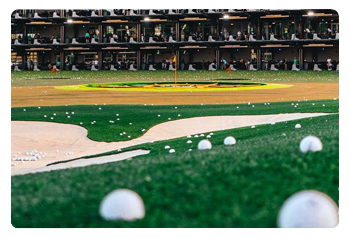 Find a Topgolf
Find a Topgolf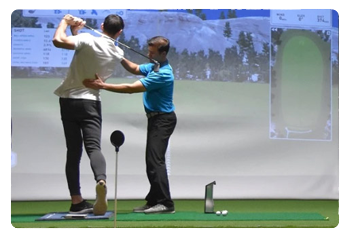 Find a Golf Instructor
Find a Golf Instructor